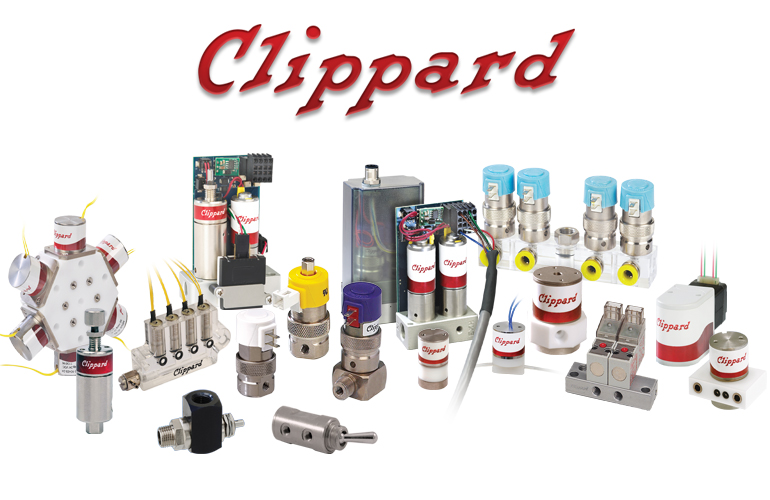
The following is an overview of different technologies available when selecting the correct electronic valve for your application.
Spider Valve Technology
Invented and patented by Clippard, this deceptively simple design features only one moving part with a mere 0.007″ of travel. The spider is an armature spring that undergoes a variety of proprietary processes, including the individual calibration of each spider to its valve. Clippard’s experience, quality, and specialized processes surrounding spider technology have led EV valves to become the industry standard for valve life, reliability, response, and extremely low leak rates.
High reliability Exceptional life
Extremely low leak High speed
Diaphragm Technology
Diaphragm valves provide media isolation characteristics to handle a variety of applications where system protection and/or media compatibility are important. Clippard’s NIV series valves take this technology to the next level with a highly inert, all-PTFE flow path with no elastomers. Unlike many other PTFE valves, this truly includes all wetted areas—meaning not only a PTFE valve body, but also a PTFE diaphragm
Isolation valves Single wetted material (PTFE)
Low leak No elastomers
Ceramic Valve Technology
There are stringent and challenging applications that require isolation valve characteristics, but also require a higher level of control beyond the digital on/off valve. Clippard’s new patented ceramic technology is the first to provide precise proportional control combined with isolation valve attributes that design engineers need. This single material (ceramic) isolation valve is scalable in its offering of proportional flow control, from microliters up to higher flow applications in a miniature package.
Proportional isolation Excellent resolution
Low leak port Wide media capabilities
Needle Valve Technology
Manual needle valves provide simple proportional flow control. Clippard’s SCPV series blends the linear and robust flow characteristics of needle valves with a stepper motor, delivering outstanding controllability for proportional applications. By only using power on a position or state change, this technology provides power savings and allows engineers to maintain a specific flow rate or orifice opening while consuming zero power.
Less than 2% hysteresis Large flow capacity
Extremely repeatable Very linear
Pinch Valve Technology
Available in electronic or pneumatic versions, pinch valves provide a completely unobstructed flow path with zero dead volume. This makes them ideal for handling a variety of media, including whole blood or viscous fluids containing particulate matter that would wreak havoc in other valves. The tubing is also easily removed and replaced, an important benefit for applications with strict hygiene requirements.
Isolation valve Laminar flow
Wide media spectrum Zero internal/dead volume
Plunger Valve Technology
The most common poppet technology in the valve market place, this proven design is ideal for less demanding applications. Plunger-style solenoid valves can offer a great value, providing fast response times and relatively long life at a great price. These designs are commonly utilized in applications where mounting multiple valves on a manifold together reduce the number of fittings, overall package size, and total cost.
Lower cost Wide flow range
Robust design Proven technology
Sponsored content by Clippard
Filed Under: Sponsored Content